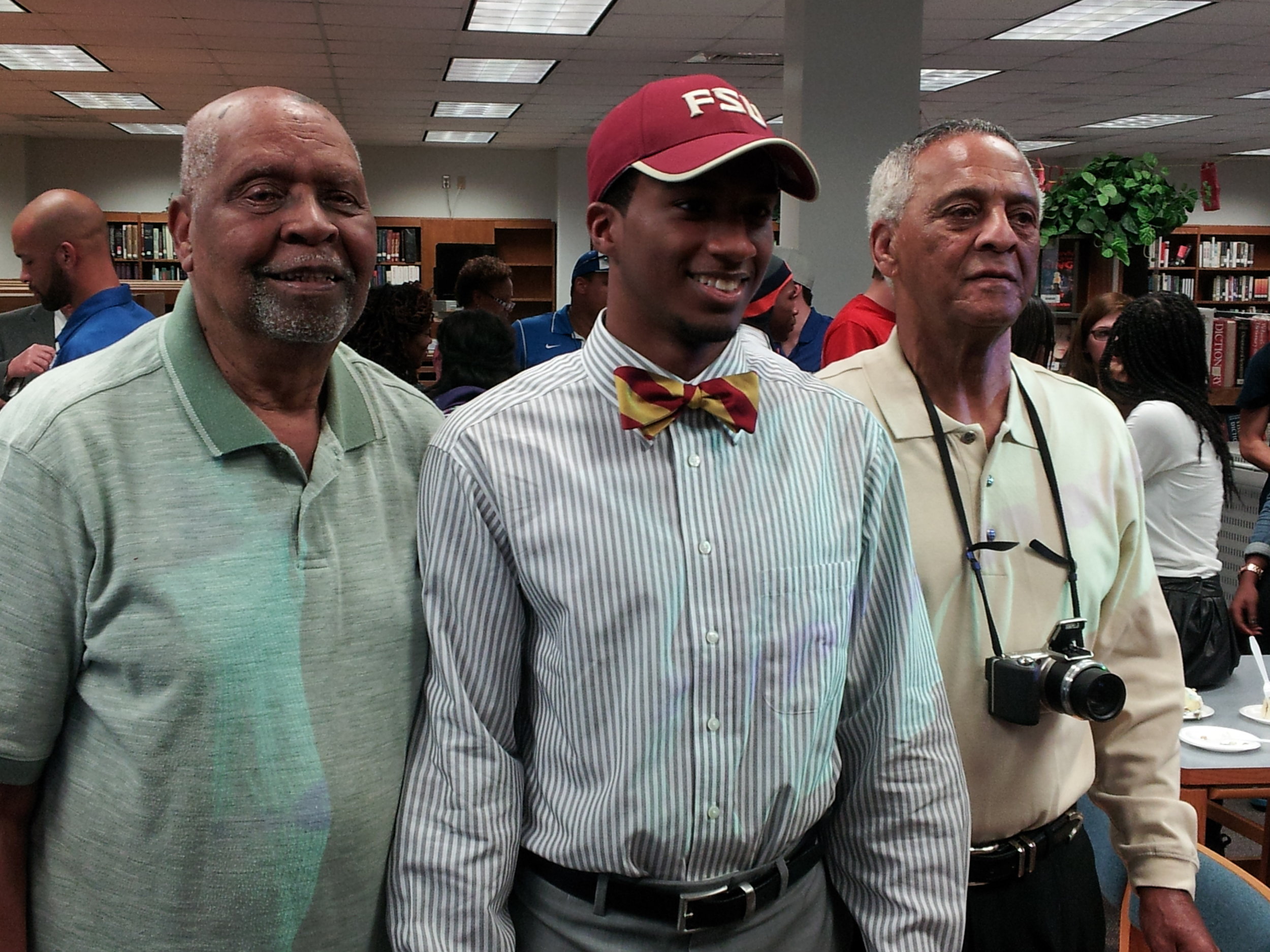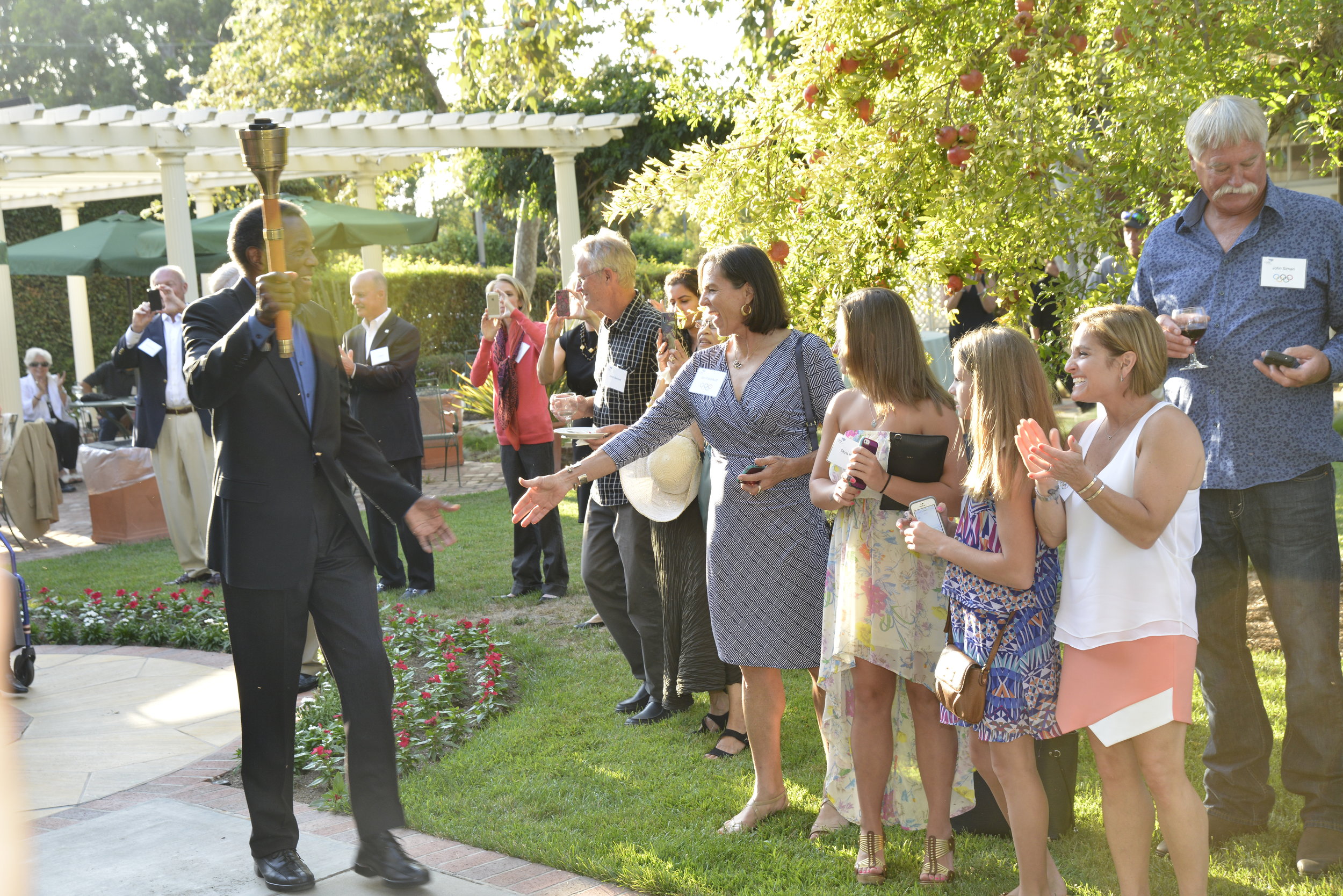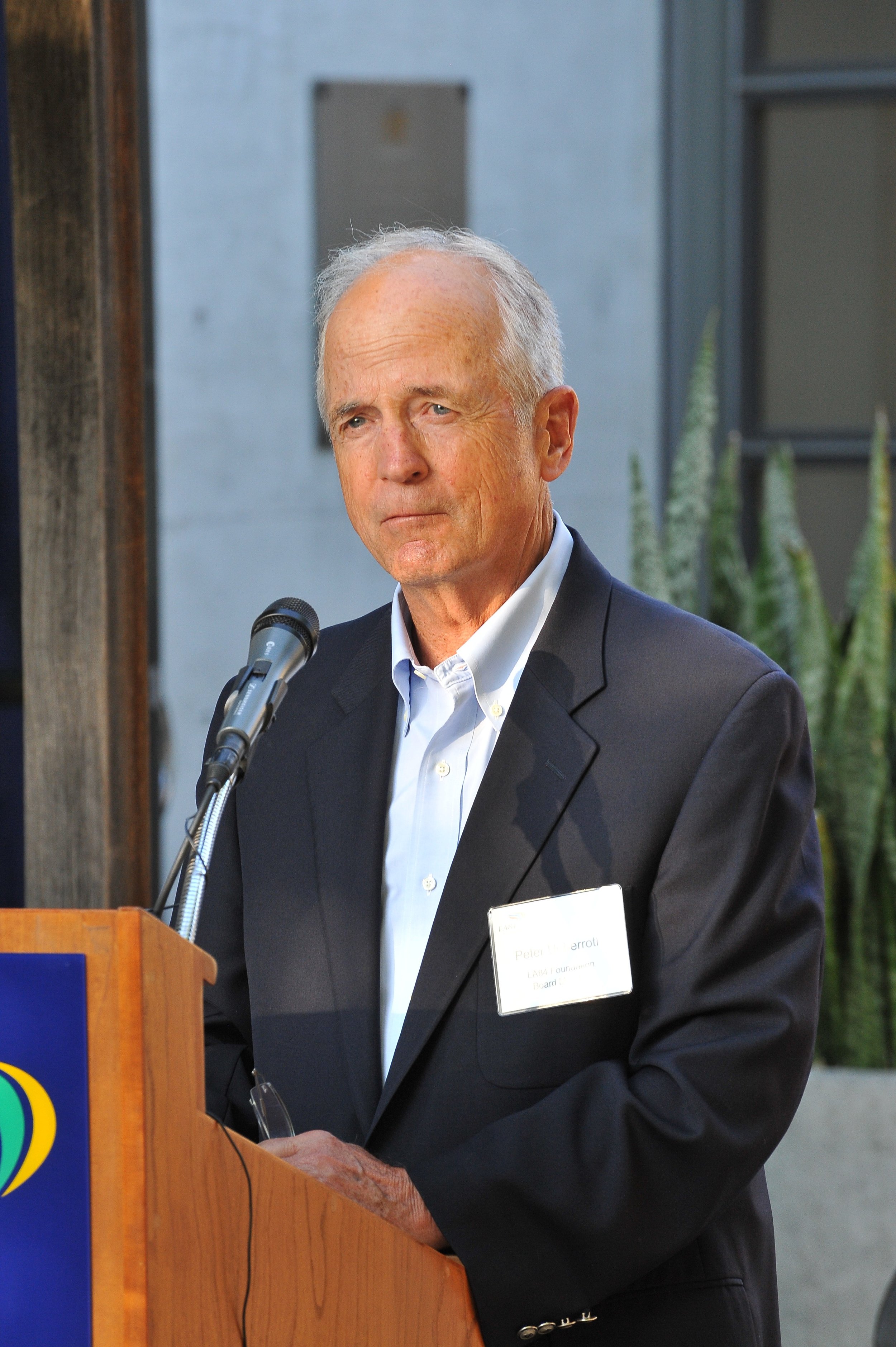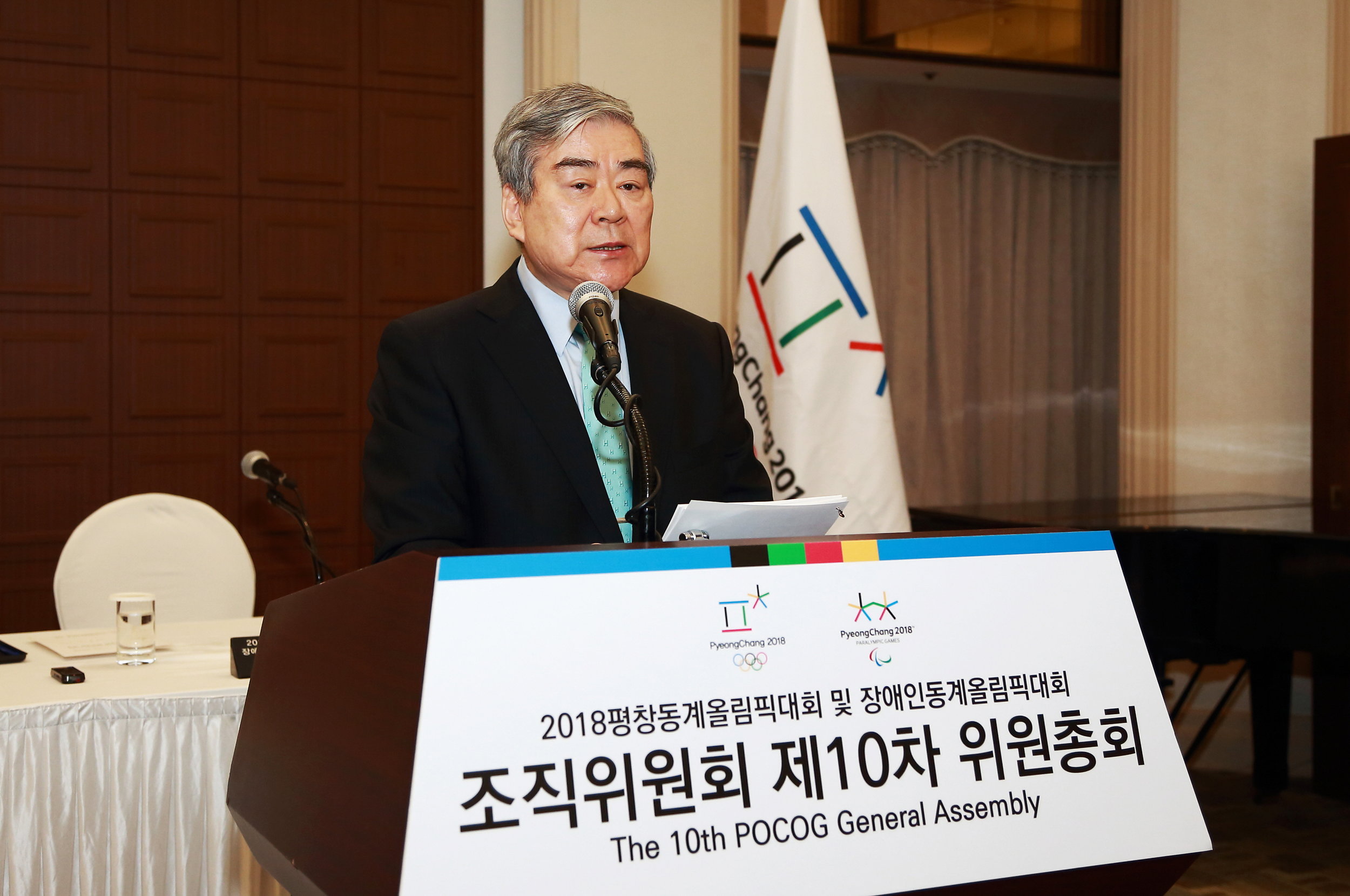Before Michael Phelps had won even the first of his 22 Olympic medals he was, in 2003, the United States men’s national champion in the 100-meters freestyle. The circle turns. It’s back to the future. Pick your metaphor as the 2014 U.S. nationals got underway in earnest Wednesday in Irvine, California, with Phelps stepping to the blocks for the finals of the 100 free.
To expect Phelps to win everything — at least right now, this soon into his comeback — is perhaps a bit too much. Phelps would naturally expect so. But when Nathan Adrian is in the race, and Adrian is not only the London 2012 Olympic 100 gold medalist but the man who since 2009 has won either or both the 50 and 100 at the national level, something’s got to give.
And it’s not just Adrian.
Anthony Ervin was in the race as well. Ervin is an Olympic gold medalist sprinter, too, the 50 champ from Sydney 2000. In the morning prelims, both Adrian and Ervin had gone faster than Phelps.
Also in the race: Jimmy Feigen, silver medalist in the 100 at last year’s world championships in Barcelona and an Olympic relay medalist.
Not to mention Matt Grevers (multiple Olympic medalist), Ryan Lochte (multiple Olympic medalist), Conor Dwyer (silver medalist, 200, Barcelona, as well as Olympic relay gold medalist); and Seth Stubblefield.
Stubblefield was the only non-Olympian in the field. How would you like to have been Seth Stubblefield Wednesday evening?
This was big-boy swimming, for sure.
This, too, is all part of the master plan now seemingly fully in motion, aiming toward Rio 2016, two years from now.
Phelps and his longtime coach, Bob Bowman, keep saying they’re just taking it bit by bit, day by day. Maybe so. Then again, the day before the U.S. nationals began, they announced a new deal with Aqua Sphere, and logic says that deal can only be enhanced if Phelps is swimming on the international stage in Brazil, right?
Right now it would seem abundantly obvious that Phelps and Bowman are in the midst of finding out if they can remake Phelps 2.0 as Phelps the way he was, at least in part, the way he was way back when.
In Irvine, he was entered in the 100 free, 100 back, 100 butterfly and 200 individual medley.
Part of this is because Phelps is now 29. It’s exceedingly unlikely he would, at least right now, put up with the wear and tear on his body it would require to, say, swim the 400 IM anymore.
Part of this is because having done everything there is to do in his other races he likely needs to challenge himself in different ways.
“There are always things that I still want to do and want to achieve, and that’s part of the reason why I’m still here,” he told reporters before the meet got going. “You’re not going to get what it is. You guys know me too well.”
Mel Stewart, the 1992 200 fly gold medalist who can now be found at SwimSwam.com, opined recently that without the 400 IM, “a 46-plus 100m freestyle and 49 plus 100m butterfly could be in the cards by the 2016 Olympic Games," meaning, for instance, 46-plus seconds in the 100. The world record in the 100 is currently 46.91, held by Brazil's Cesar Cielo, set at the Rome 2009 world championships.
Then again, Stewart said, let’s stay in the moment.
Stewart said he expects lifetime bests for Phelps either in Irvine or, later this summer, at the Pan Pacific championships in Australia.
This, then, is the thing about these U.S. nationals, which many are overlooking in the glare of the Phelps comeback. It is, above all, a set-up meet for the Pan Pacs and, beyond, for the 2015 world championships in Russia.
The point is not to peak in Irvine. You saw that when Katie Ledecky flirted with the world record in the women’s 800 Wednesday evening, then let off the gas before winning in 8:18.47.
The competition in Irvine is ferocious. It was evident, for instance, in the men’s 100 free, where no fewer than 32 guys went under 50 seconds in Wednesday morning’s prelims. Last year, in Indianapolis, before the off-year Barcelona worlds, there were only 17.
Even so, while racing is always racing, the deal in Irvine is to make the U.S. team and to keep one’s eye on the longer-range prize.
Before Irvine, Phelps this year had raced in only two 100 free finals — one in Santa Clara, California, in June, the other last month in Athens, Georgia.
The prelims Wednesday morning were strikingly like the Santa Clara race. There, in a time of 48.8, he finished second to Adrian. The first 50 meters Phelps swam 23.73. The second, 25.07. On Wednesday morning, Phelps went 23.98. The second 50, Phelps, as has been his pattern through the years, turned it on to go 24.79, the only guy in the field in the back half to break 25. All in: 48.77.
The only thing is, Adrian had gone 48.24. Adrian had gone out the first 50 meters in a speedy 22.63. As Adrian would say later, “I had to be out really, really fast to make sure Michael couldn’t somehow find a way to be out of my wake, to be really hurting at the very end.”
Even so, he stressed, his race strategy was hardly all Phelps: “It wasn’t just Michael. There are a lot of people who are going fast.”
In another heat, Ervin went 48.71.
In the finals, Ervin drew Lane 5, Adrian 4, Phelps 3. Lochte was all the way out there in 8, Feigen in 2.
Phelps got to the turn four-tenths faster than he did in the morning, at 23.58. But then it all fell apart. He missed the wall, didn’t execute his turn properly and struggled to the finish in 49.17 — good only for seventh.
Adrian won, in 48.31. Lochte took second, in 48.96. Feigen got third, in 48.98.
In all, a slow race, and perhaps a cause for concern going forward for the 4x100 relay, where times need to be in the 47s to be competitive. Adrian said afterward, “We know as a whole that group of eight guys is much faster than what we showed in the pool tonight.”
Phelps’ finals time was four-tenths slower than he had gone in the morning. The prelim swim would have gotten him silver behind Adrian but, you know, that’s not how it works.
“I’m really interested to see what the replay looks like because going into the wall I felt like I had set myself up for a good one just based on where I was in comparison to Nathan,” Phelps said, “and I thought I had the right distance to go into the wall and when I literally took a couple kicks and I barely passed the flags I knew there was very little chance that I was going to run anybody down.
“So it’s kind of frustrating but, you know, I never really know where we are in that race right now. I felt really good after the morning swim besides the first 50 and I felt good in the warmup pool getting ready for tonight. It just kind of stinks that I missed the first wall but it’s a part of racing and there is going to be another chance to swim that race in a couple weeks. I’m just trying to get a spot on the team and go from there.”
Lochte added, “He said he missed the turn. I saw it, because when I flipped, I looked under water and saw him. Things happen. He is going to fix it and make sure it never happens again.”
What happened Wednesday evening matters, of course, because you can hardly remember the last time Phelps was not on the podium in a national meet. At the same time, Rio is still two years away.
Also, 2003 is a long time back. And, as Rowdy Gaines put it on the Universal Sports telecast, Phelps is “still learning.” Even the greatest Olympic swimmer of all time doesn’t just get back into the water and beat everyone, especially when everyone is so much better than they used to be — thanks in large measure to Phelps, who has inspired a generation.
As Gaines also said, “It’s going to take some time to get back into this.”

























